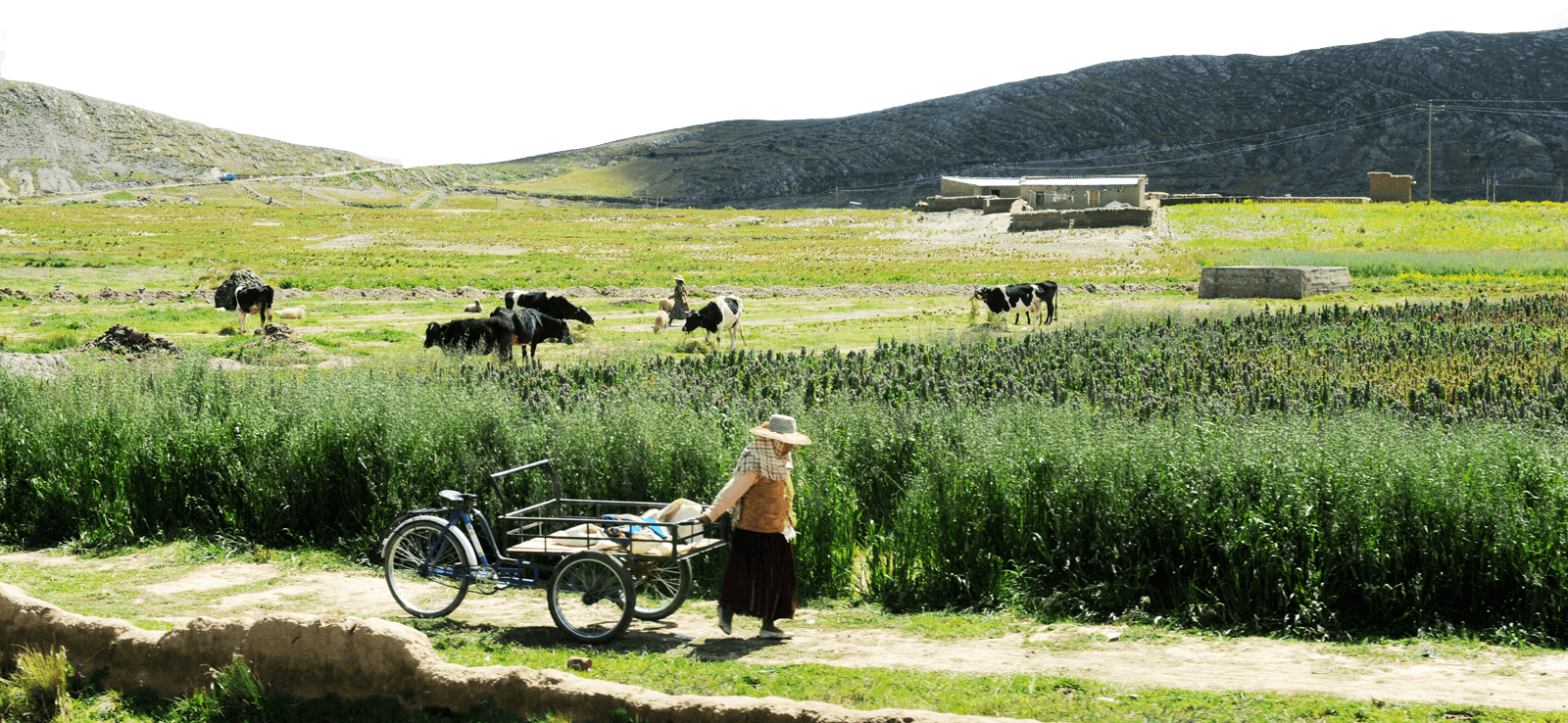USDA Invests Over $21.8M to Build Agricultural Capacity at HBCUs in the Nation’s Land-grant University System
(Media contact: NIFA Director of Communications Faith Peppers, faith.peppers@usda.gov, (816) 745-0959)
WASHINGTON, July 28, 2021 – The U.S. Department of Agriculture announced today an investment of over $21.8 million to 1890 Land-grant Institutions to support research at Historically Black Colleges and Universities at our nation’s Land-grant University System.
“Our 1890 Land-grant universities are an integral part of our nation’s fabric,” said Agriculture Secretary Tom Vilsack. “As USDA continues to work tirelessly to advance equity and provide greater access to nutritious and safe food for all Americans, especially to historically disadvantaged groups, this investment will strengthen the ability of our Land-grant Institutions to deliver innovative solutions that address emerging agricultural challenges impacting diverse communities. We are pleased to be able to build the research and training capacity of these critical institutions as they develop the next generation of leaders in agriculture.”
USDA’s National Institute of Food and Agriculture (NIFA) awarded over $21.8 million to 1890 Land-grant Institutions to support 58 projects at Historically Black Colleges and Universities in the nation’s Land-grant University System and organizations as part of its Capacity Building Grants program. This is designed to build capacity for teaching, research and extension activities at eligible institutions including curriculum design, materials development, faculty development, student recruitment and retention, and extension program development support. This research investment will strengthen the quality and diversity of our nation’s higher-education workforce, bolster our research and knowledge delivery systems, and equip 1890 Institutions with resources needed to better address emerging challenges and create new opportunities.
Background:
Examples of the 58 funded projects to the 1890 Land-grant Institutions include:
- Tuskegee University will examine the impact of region and race on heirs property and community well-being by assessing three regions in Alabama—the Black Belt, the Tennessee Valley, and the Wire Grass—to identify key focal points for Extension and outreach programming and policy engagement ($300,000).
- Kentucky State University will address training needs of small-scale, minority and socially disadvantaged farmers and producers to develop strategies for handling produce and developing value-added products that are compliant with federal regulations and standards ($249,583).
- Delaware State University in collaboration with the University of Maryland, Eastern Shore, will provide minority undergraduate students in food, agriculture, natural resources and human science disciplines with experiential learning to help develop leaders in the global food arena ($299,939).
- West Virginia State University will examine the effects of storm events on water quality, greenhouse gas emissions and microbiome processes in the Kanawha River watershed to build research capacity in environmental and freshwater sciences and biotechnology ($300,000).
NIFA’s 1890 Land-grant Institutions programs are intended to strengthen research, extension and teaching in the food and agricultural sciences by building the institutional capacities of the 1890 Institutions. These institutions can be found online by visiting the interactive Land-grant University map: nifa.usda.gov/resource/1890-
Stay in the loop with Food First!
Get our independent analysis, research, and other publications you care about to your inbox for free!
Sign up today!Find out more about the impact and public value of NIFA’s research investments online: nifa.usda.gov/impacts.
USDA touches the lives of all Americans each day in so many positive ways. In the Biden-Harris Administration, USDA is transforming America’s food system with a greater focus on more resilient local and regional food production, ensuring access to healthy and nutritious food in all communities, building new markets and streams of income for farmers and producers using climate smart food and forestry practices, making historic investments in infrastructure and clean energy capabilities in rural America, and committing to equity across the Department by removing systemic barriers and building a workforce more representative of America. To learn more, visit www.usda.gov.
Photo by David Wilson


 Help Food First to continue growing an informed, transformative, and flourishing food movement.
Help Food First to continue growing an informed, transformative, and flourishing food movement.




